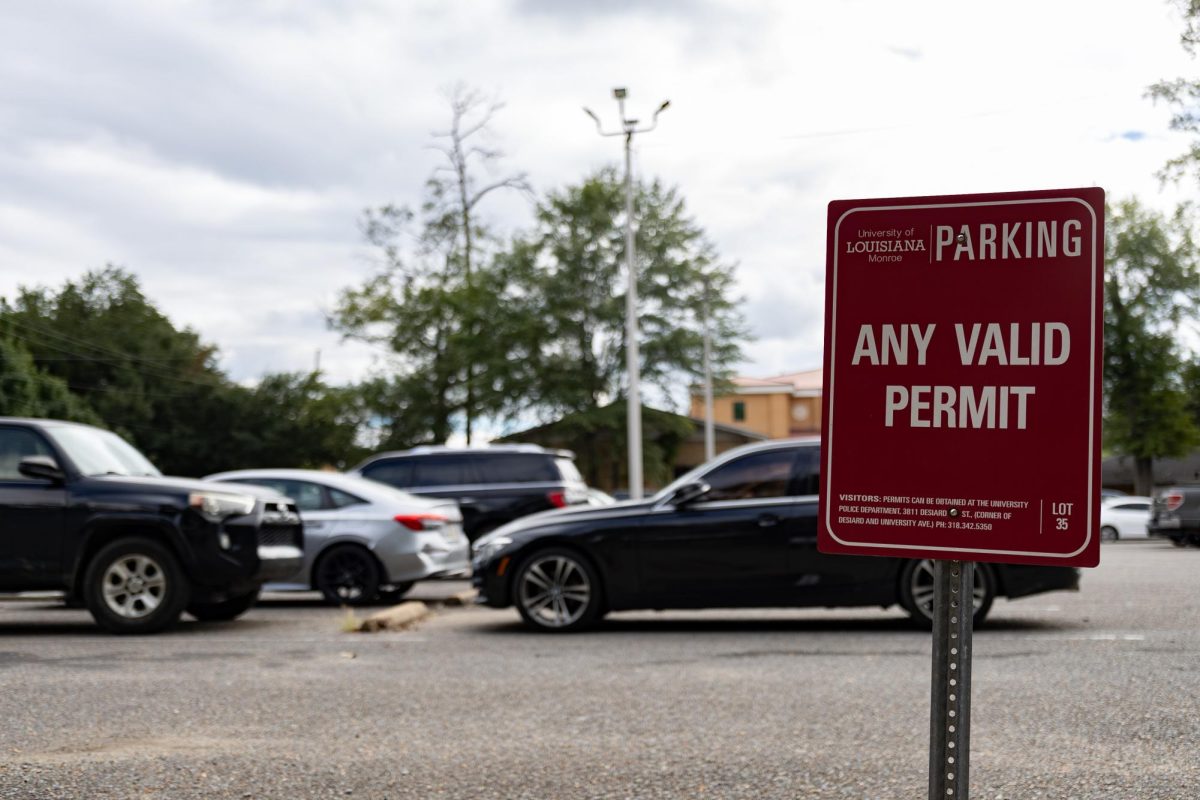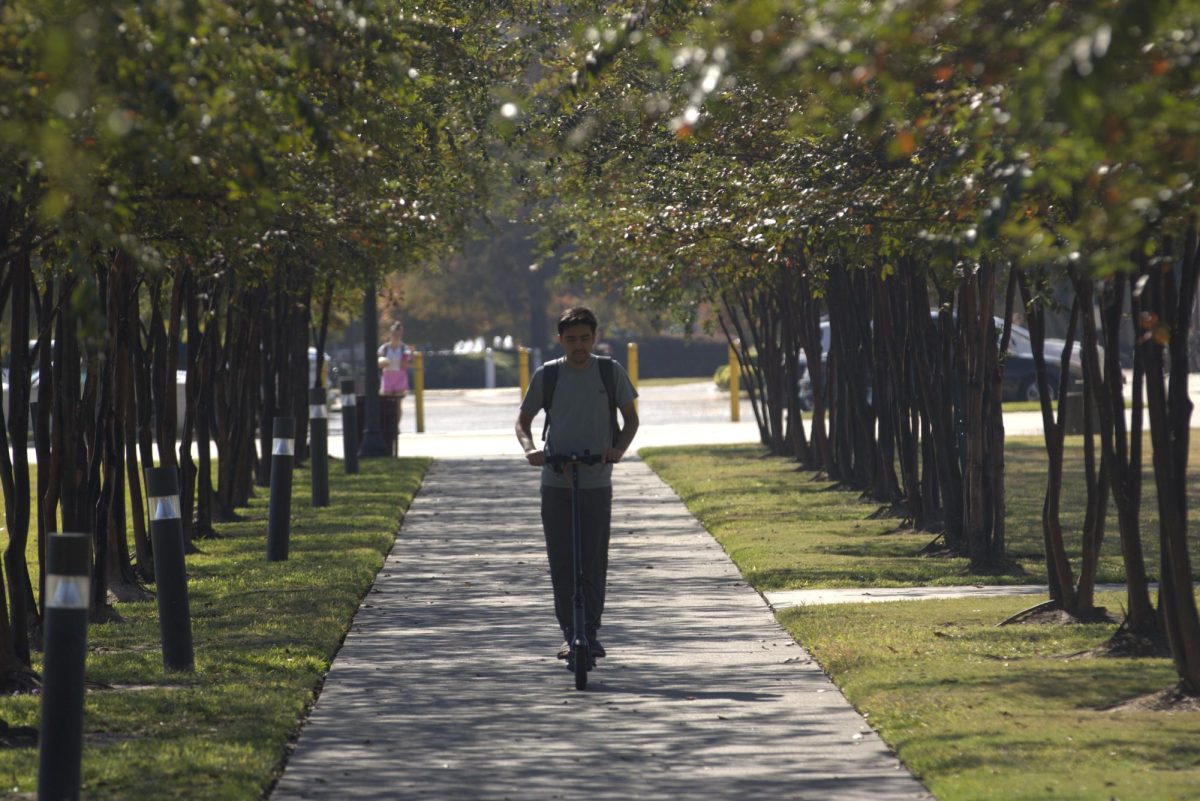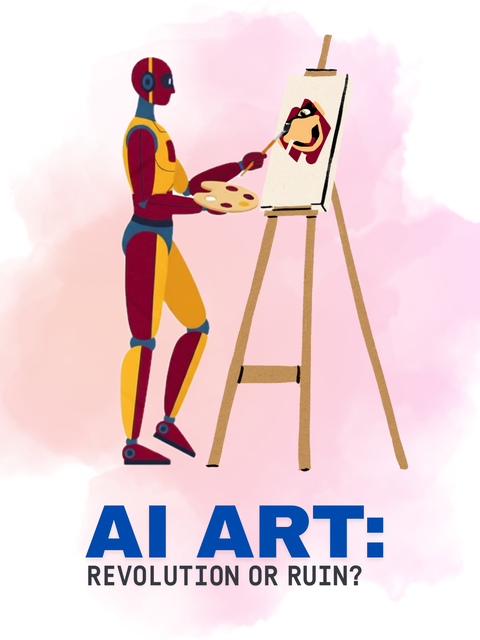How far would you walk to class or to your dorm in the dark? Two minutes, five minutes, maybe ten minutes. With the increasing number of students and the number of parking spaces, finding parking on campus has become increasingly difficult. This not only impacts commuters, but individuals on campus as well. This shortage creates safety risks and unfair burdens for all students.
During the 2024-2025 academic year, ULM announced that enrollment had “increased 4% over Fall 2023,” with the first-time freshman having an increase of 22%. This growth is expected to continue according to ULM. Despite the increase in enrollment, the number of parking spaces stays stagnant, with the most recent update to the official parking zones map in July 2021.
Current parking policies only worsen the issue. The university’s tiered parking system reserves the closest, safest spots for faculty and staff while students must compete for the remaining spaces. During peak hours, it’s common to see drivers circle through multiple lots in search of space. Sometimes, drivers are forced to resort to illegal parking, often at the expense of a $50 ticket.
Sophomore pre-rad tech major and commuter Amarye’s Blackwell expressed her annoyance.
“The first week of parking was horrendous, you could barely find places to park if you wanted to find a spot closer to the building your class is in,” Blackwell said. “Now, I have to leave my house way earlier than I normally would to find a decent spot, so I won’t be late for class.”
Blackwell’s frustration is seen throughout other students who commute. Many have reported similar stories of having to reconstruct their entire daily routines around parking availability rather than their class schedules or study needs.
Campus residents have also voiced their irritation with the lack of campus parking near their dorms.
“I have become very frustrated recently about the lack of parking spots and the lack of solutions for on campus students,” sophomore pre-speech pathology major Caitlyn Griffin said.
Griffin’s concerns are echoed by other residents facing similar challenges.
“The limited parking spaces by the dorm make it difficult to find parking at certain parts of the day,” sophomore pre-pharmacy major Linsey Trahan said. “Some days I have to park in faculty parking spots at night and have to move my car very early in the morning to avoid getting a ticket.”
ULM PD captain Casey Banker sent an email on Aug. 8 detailing overflow parking options, with one being the lot between Tommy’s Carwash and the International Student Center. These overflow lots can be a considerable distance depending on your destination.
During bad weather or at night, this distance becomes a safety risk. Students, particularly women, report feeling vulnerable during these long walks, especially when carrying laptops, textbooks, or their backpack. This is not merely about inconvenience; this is compromising students’ safety.
Addressing ULM’s parking crisis requires immediate action and long-term planning. One solution that may agitate some would be to have a limit on the number of parking passes sold per semester. Like other schools, ULM could have a queue that residents and commuters join to buy their parking passes. However, this could cause problems with individuals who do not receive a parking pass.
The university could also allow students to reserve lots, similar to airport garages. By having reservation system through a mobile app drivers could book their parking space in advance. This would eliminate the time spent circling lots and reduce late arrivals to class.
Administration must recognize that parking is not just a convenience issue, but a safety and accessibility concern. With enrollment continuing to grow, waiting to address this problem will only make it more expensive and complicated to solve. By investing in solutions now, the university can ensure that growth in enrollment is seen as progress and not a burden.





Caleb Baham • Oct 7, 2025 at 3:58 pm
If you were to view ULM from above, you might mistake it for a parking lot. Almost every building on campus has a corresponding gray rectangle that matches or exceeds its area. Parking lots are ugly, dangerous, expensive to build and maintain, and horrible for the environment and our health… yet we keep building them to appease car drivers. But I guess just one more lot will be the magic fix after all. It won’t fail like the dozens we’ve built before it, I am assured.
Is a lack of parking the real crisis here? Personally, I’m more concerned (for example) by the lack of substantial protection for ULM pedestrians and others that choose not to—or cannot— drive. Excluding Northeast Drive, is there a single raised pedestrian crosswalk on campus? Do the strips of white paint over Warhawk Way really protect my classmates from four uninterrupted lanes of high-speed traffic? Am I confident that those brave enough to cycle on campus will make it to their next class alive? And could we pedestrians maybe see some shade trees every once and a while? I guess drivers that are used to the convenience and relative safety that their cars afford them might have a hard time walking in someone else’s shoes…
As I see it, we could spend millions on building (and millions more maintaining) new parking lots that either marginally help the parking issue on campus, or actively make it worse (see Braess’ paradox).
Or we could spend those millions developing proper pedestrian and cycling infrastructure that would reduce campus parking demand and make better use of our limited university real estate. That way we would have a quieter, healthier, more beautiful, more accessible, and—stick with me here—more convenient campus. No car payments, depreciation, insurance, license fees, gas money, visits to the mechanic, or parking tickets required!
But if I have learned anything from living here, it’s that we won’t learn our lesson anytime soon.